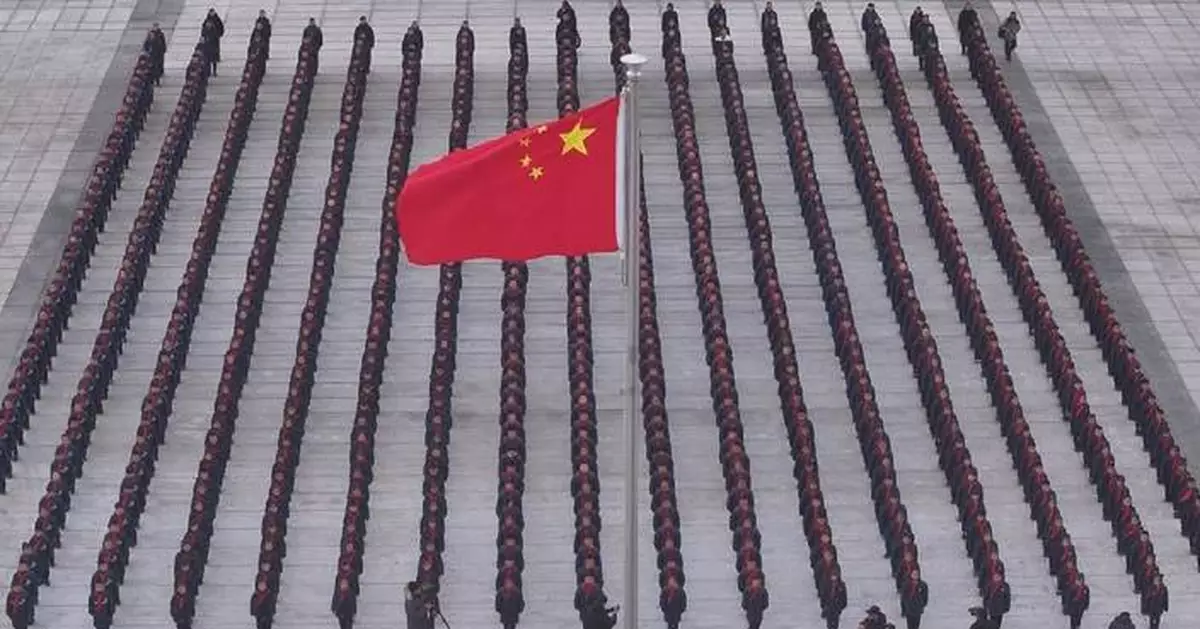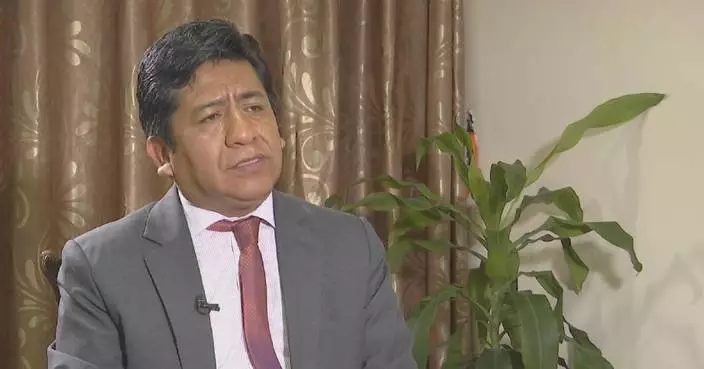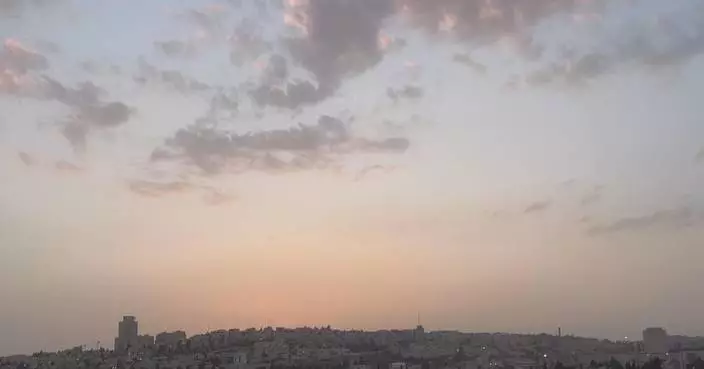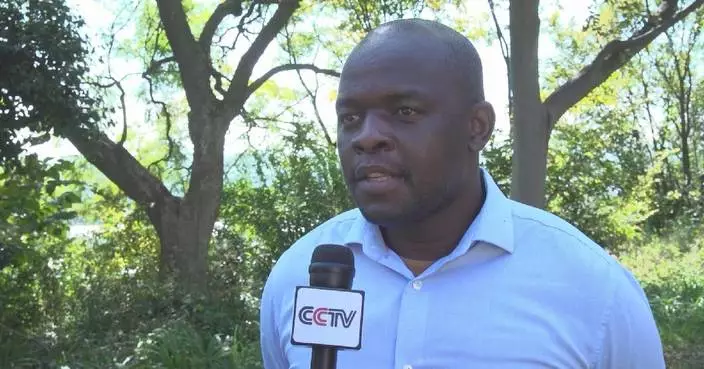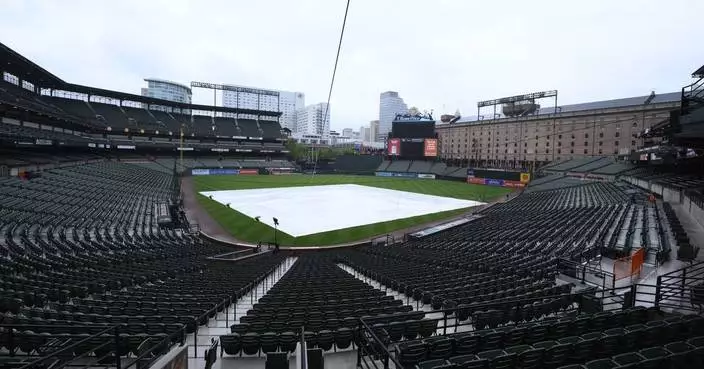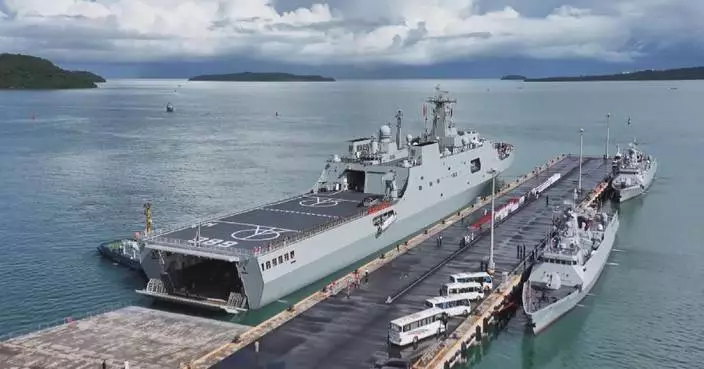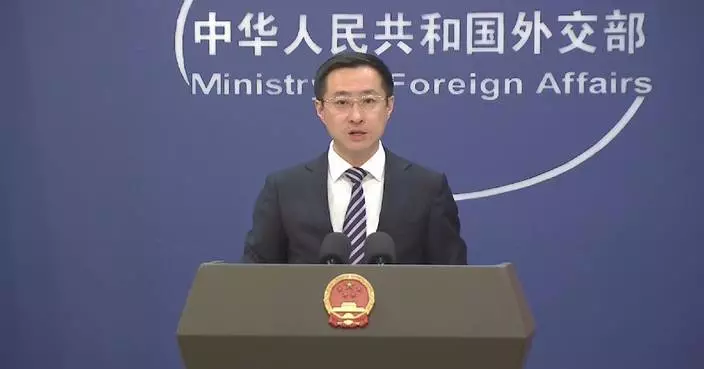A Chinese national flag that once traveled into the space was raised on Thursday in the heart of Shenyang, capital of northeast China's Liaoning Province, to commemorate the Chinese People's Volunteers (CPV) soldiers who laid down their lives in the War to Resist U.S. Aggression and Aid Korea (1950-1953) .
A Chinese Air Force Y-20 transport aircraft brought the remains of 43 CPV martyrs along with 495 pieces of their belongings from the Republic of Korea (ROK). The plane landed at Taoxian International Airport in Shenyang at 12:07, and was greeted with a water cannon salute.
This five-star red flag entered China's in-orbit Tiangong space station with the Shenzhou-18 manned spacecraft on April 25 this year. After being transferred in space and displayed in orbit, it returned to Earth on the Shenzhou-17 manned spacecraft on April 30.
Previously, this flag had been relayed in more than 20 provinces, autonomous regions and municipalities across the country, including Beijing, Tianjin and Hebei.
"Our people, especially our youth, will never forget the martyrs who sacrificed their lives for us. At the same time, we also see that the five-star red flag that our heroes and martyrs protected with their lives has been brought into space today through the joint efforts of several generations of astronauts and scientific and technological workers. In fact, it is a better way to comfort our heroes and martyrs," said Yang Liwei, deputy chief designer of China's manned space program and China's first taikonaut.
The remains are laid to rest in the Shenyang Cemetery for Martyrs of the War to Resist U.S. Aggression and Aid Korea.
From 2014 to 2023, China and the ROK, in accordance with international laws and humanitarian principles, successfully completed 10 consecutive handovers involving the remains of 938 CPV martyrs from the ROK, along with related artifacts.
A total of 2.9 million CPV soldiers fought on the battlefield, with more than 360,000 killed or injured, during the War to Resist U.S. Aggression and Aid Korea.
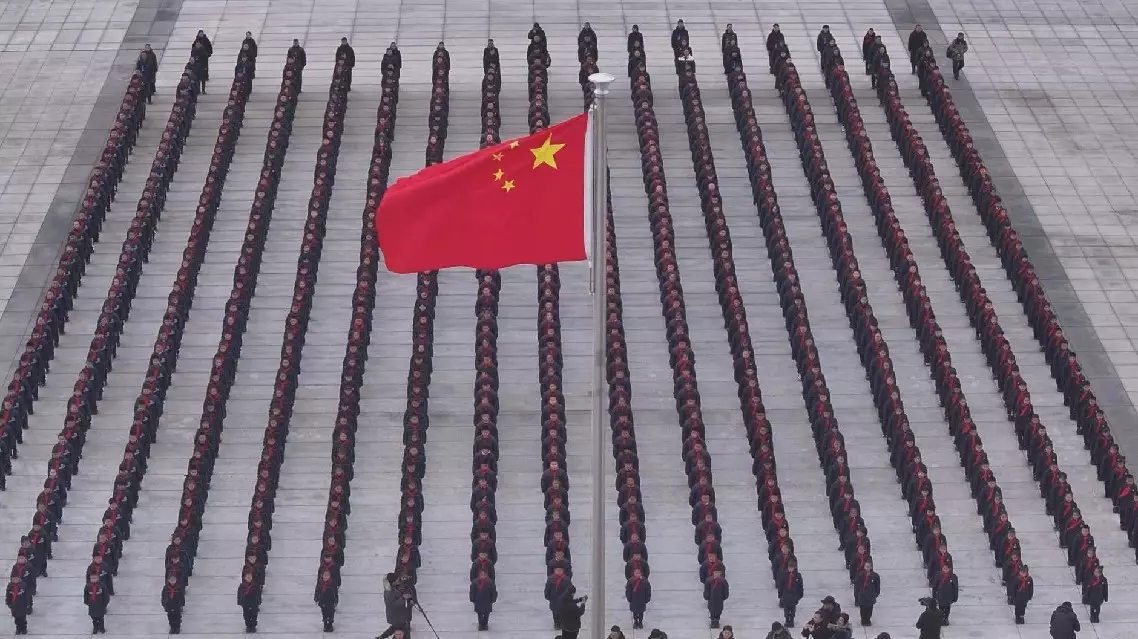
National flag once brought to China's space station raised in Shenyang for CPV martyrs

National flag once brought to China's space station raised in Shenyang for CPV martyrs
The United Nations Security Council on Tuesday convened an emergency public meeting to discuss the catastrophic humanitarian situation in Gaza, urging Israel to immediately lift its blockade and allow unimpeded aid access to Gaza.
The meeting also rejected the military-led aid distribution plan in Gaza proposed by Israel.
At the meeting, Under-Secretary-General for Humanitarian Affairs and Emergency Relief Coordinator Tom Fletcher briefing the Security Council on the latest humanitarian situation in the Palestinian enclave and strongly condemned Israel's actions, saying that Israel is deliberately imposing inhumane conditions on civilians in the occupied Palestinian territory.
Hundreds of thousands of Palestinians have again been forcibly displaced and confined into ever shrinking spaces. The life-saving supplies are now "ready at the borders", but Israel denies humanitarians access, "placing the objective of depopulating Gaza before the lives of civilians," Fletcher noted.
The UN official also warned of a widespread famine, the collapsed healthcare, and a humanitarian system which is at a breaking point in Gaza.
Delegates of France and Britain raised objections at the emergency session against the Israeli-proposed aid distribution modality, warning it would exacerbate forced displacement of Palestinians.
Riyad Mansour, permanent observer of Palestine to the United Nations, urged the Security Council to act decisively.
"When faced with such an unbearable inhumane situation, the international community cannot wait, nor resign, nor surrender," said Mansour.
Also speaking at the meeting, Fu Cong, China's Permanent Representative to the United Nations, underscored the urgency, noting that over two months of relentless Israeli bombardment and blockade have depleted Gaza's survival resources, with starvation and disease spreading rapidly.
Nearly 500,000 people now face catastrophic hunger, Fu said, citing the Integrated Food Security Phase Classification (IPC) analysis.
Fu called on Israel to fulfill its obligations under international humanitarian law by immediately lifting the siege and restoring full aid access to Gaza.
"Recently, some countries have proposed a so-called 'humanitarian material distribution plan'. We have noted that the United Nations has explicitly rejected it. Humanitarian aid cannot be weaponized. The principles of impartiality, independence and neutrality must always be upheld," Fu said.
The Chinese envoy urged Israel to halt its military offensive and appealed to the United States, as a key influencer, to "act fairly and responsibly" to advance a Gaza ceasefire.
Emphasizing the two-state solution as the only viable path to peace, Fu said "The international community must reject unilateral actions undermining this foundation."
The United Nations has scheduled a high-level conference on the two-state solution which will take place on June 2-4 in New York, as mandate by the General Assembly.
Fu highlighted the upcoming event as a critical opportunity to galvanize global consensus and practical steps toward implementing the solution.

UN Security Council meeting urges Israel to immediately lift siege, allow aid into Gaza




